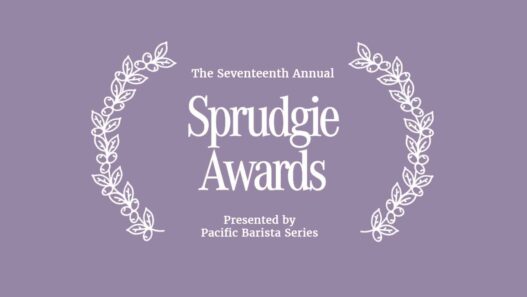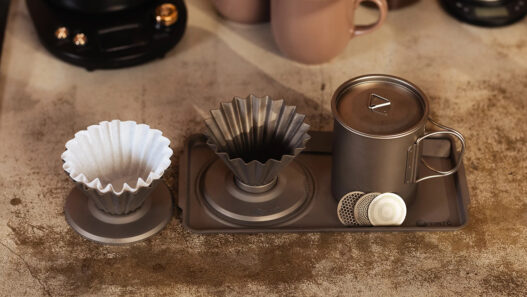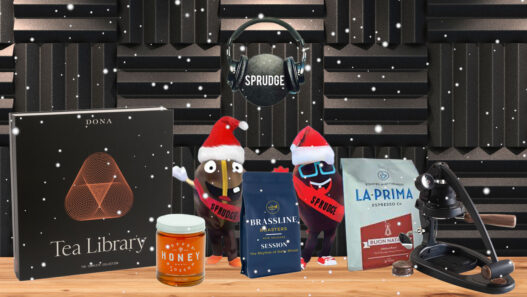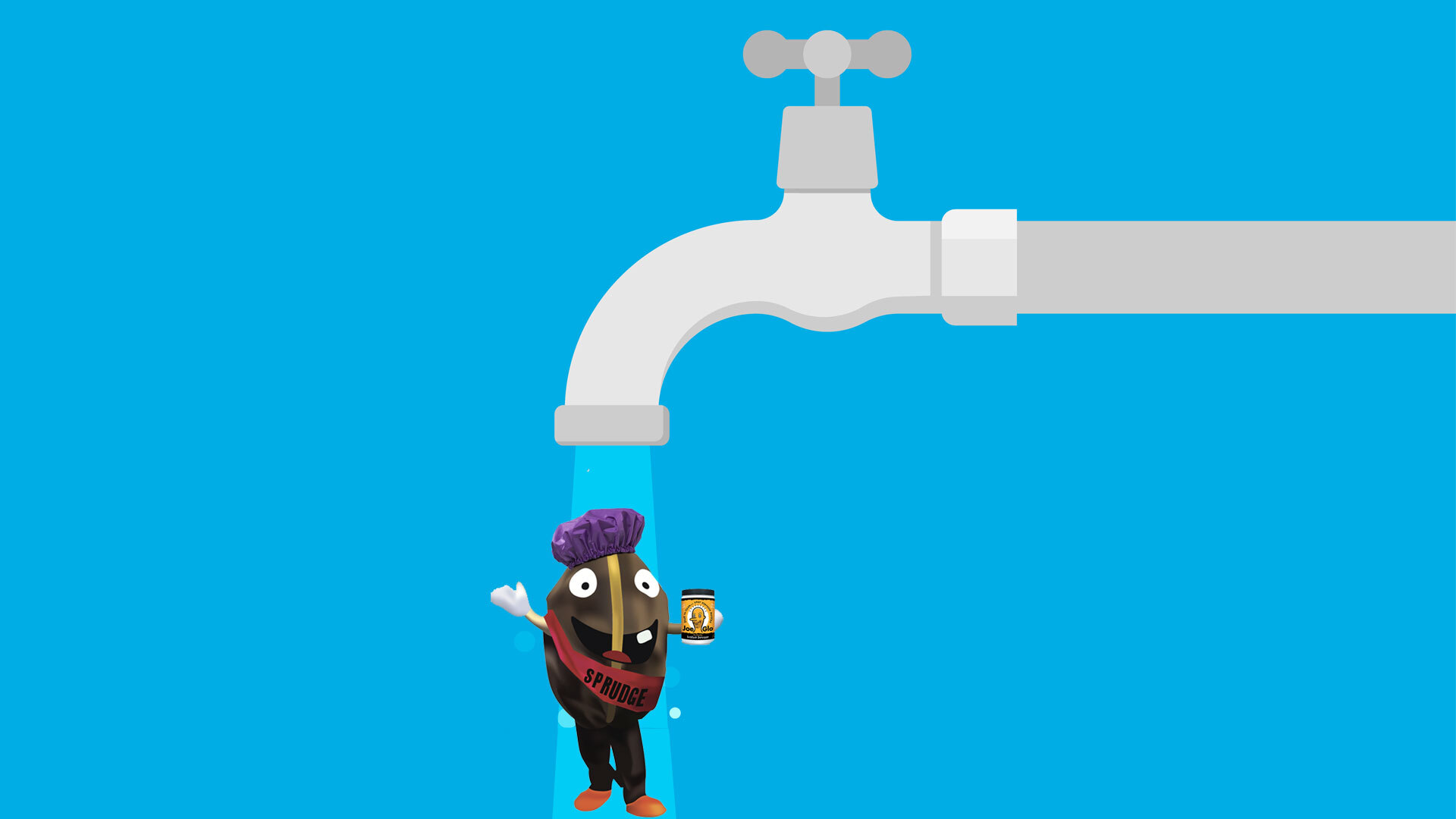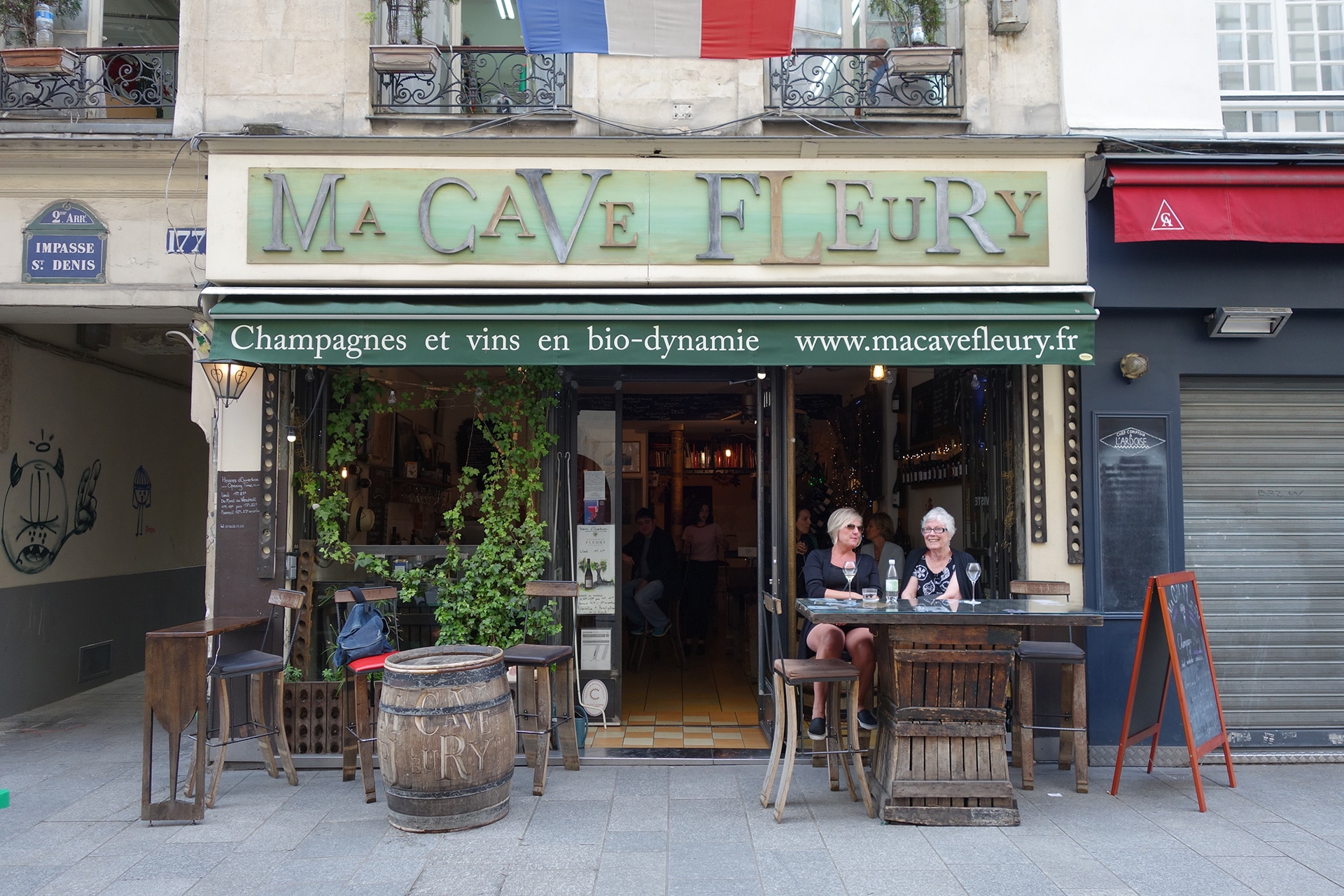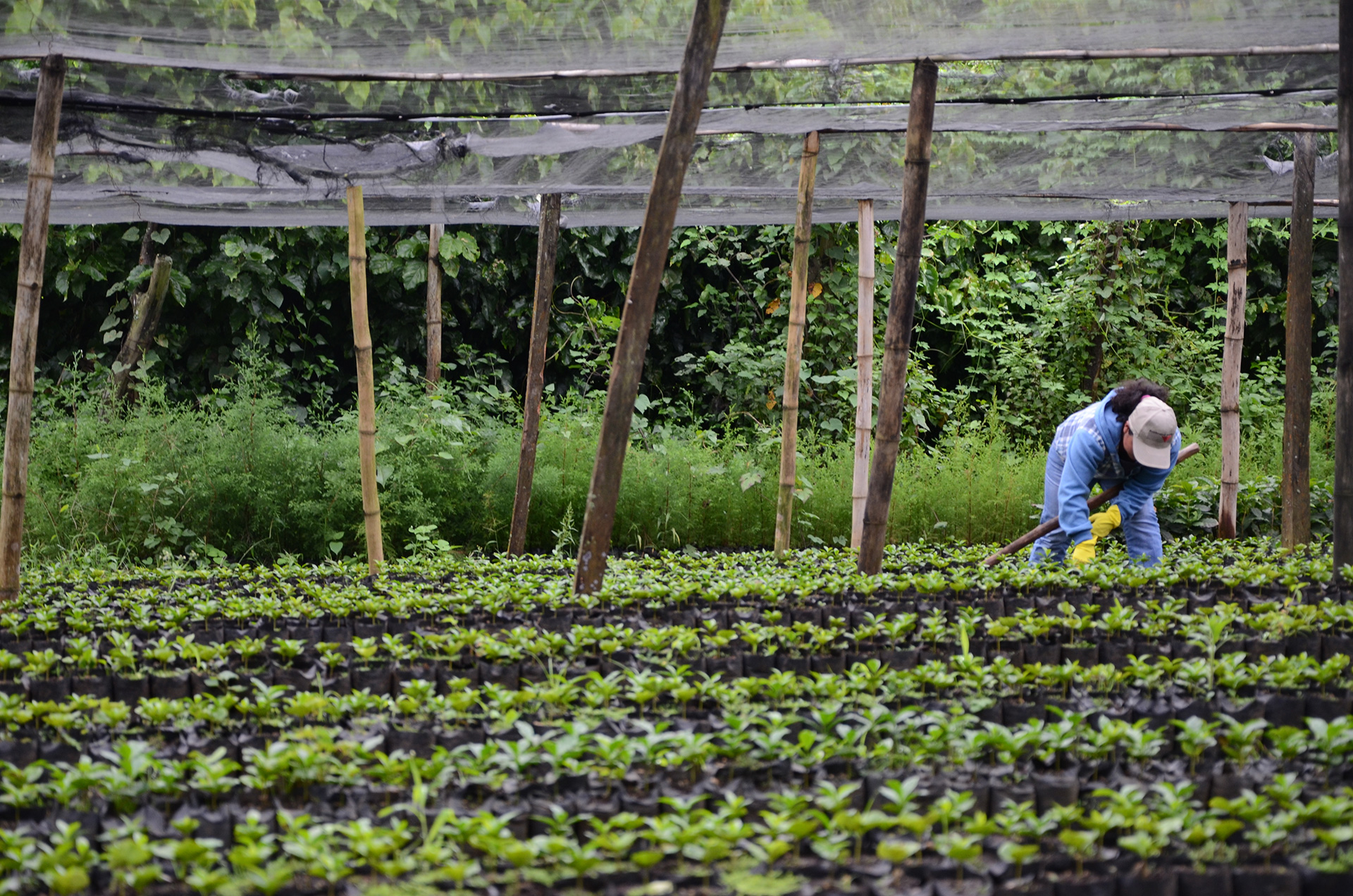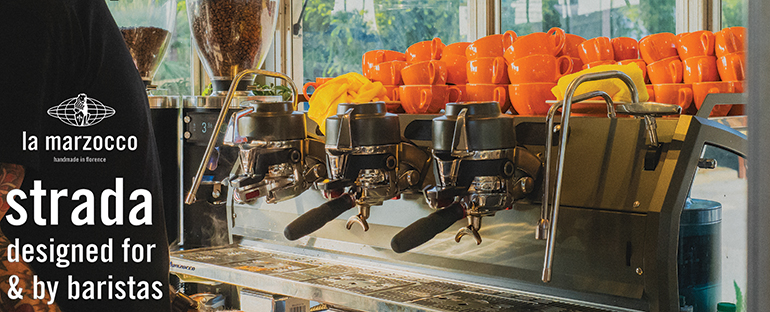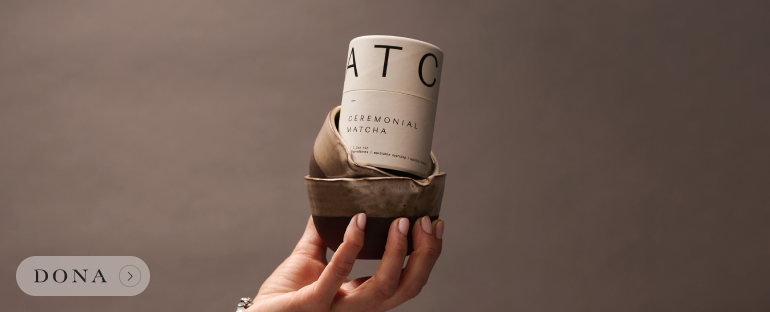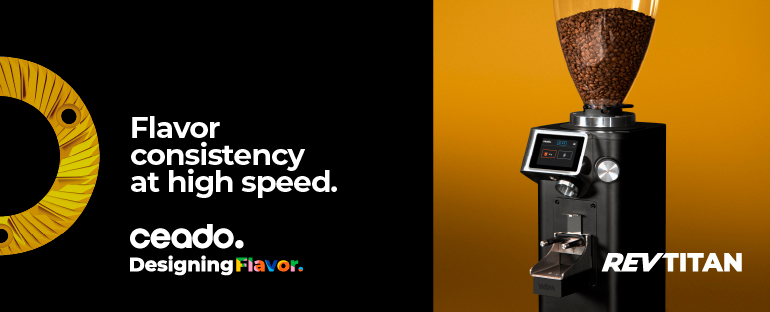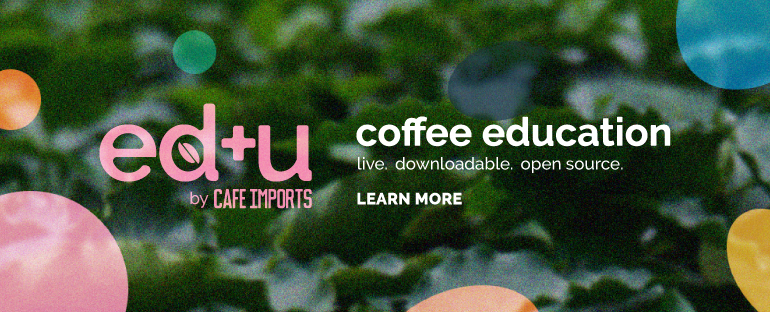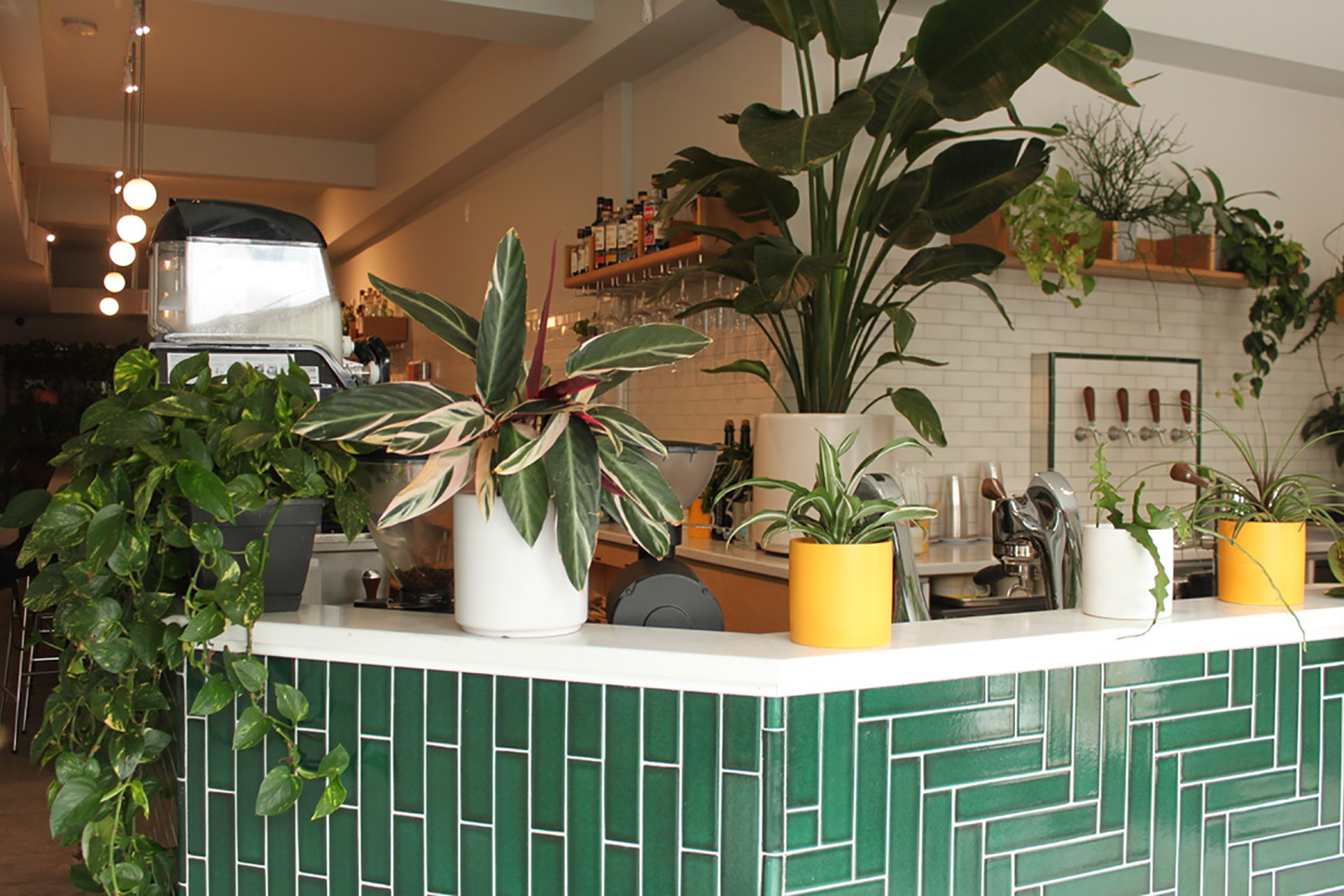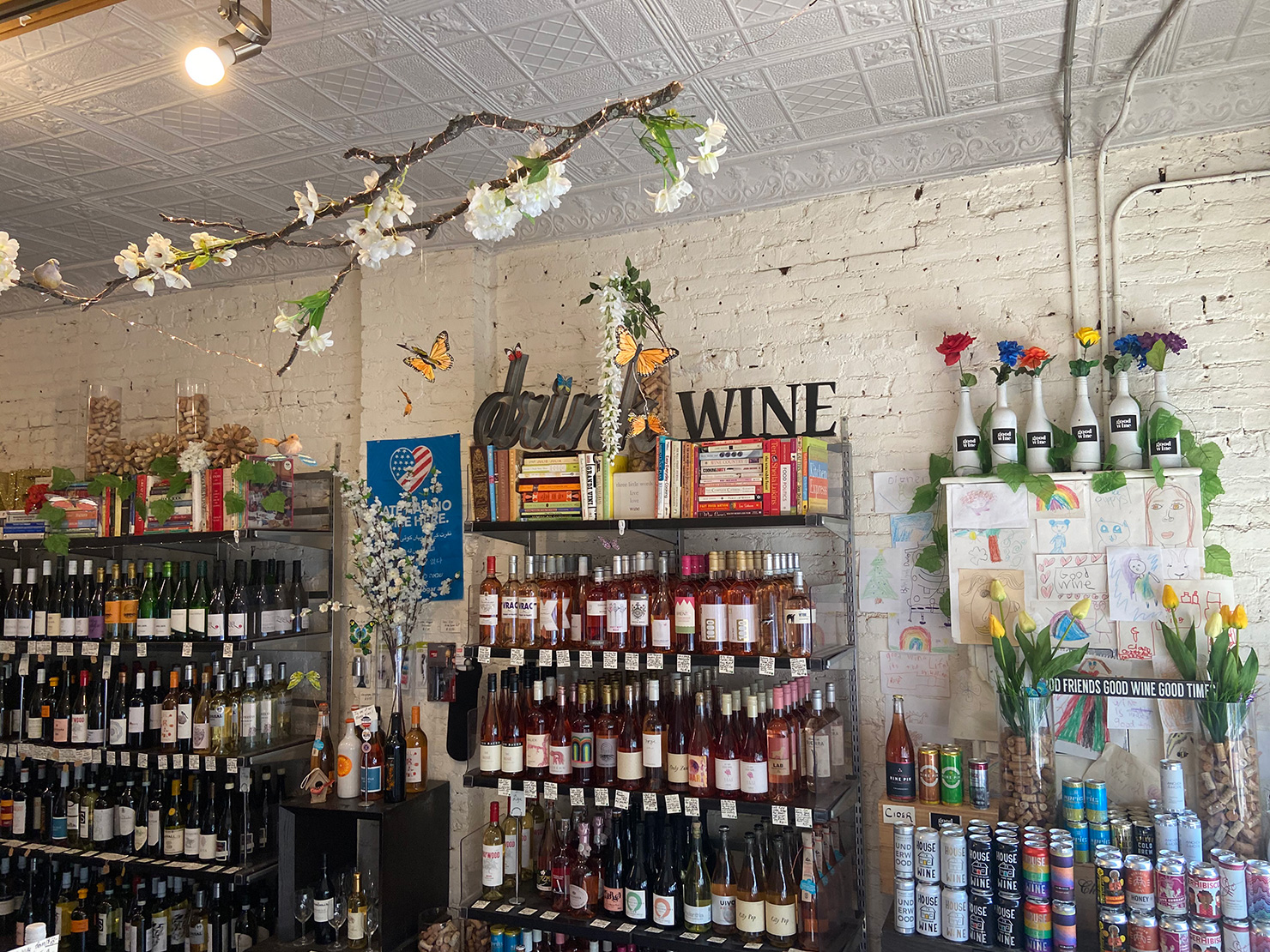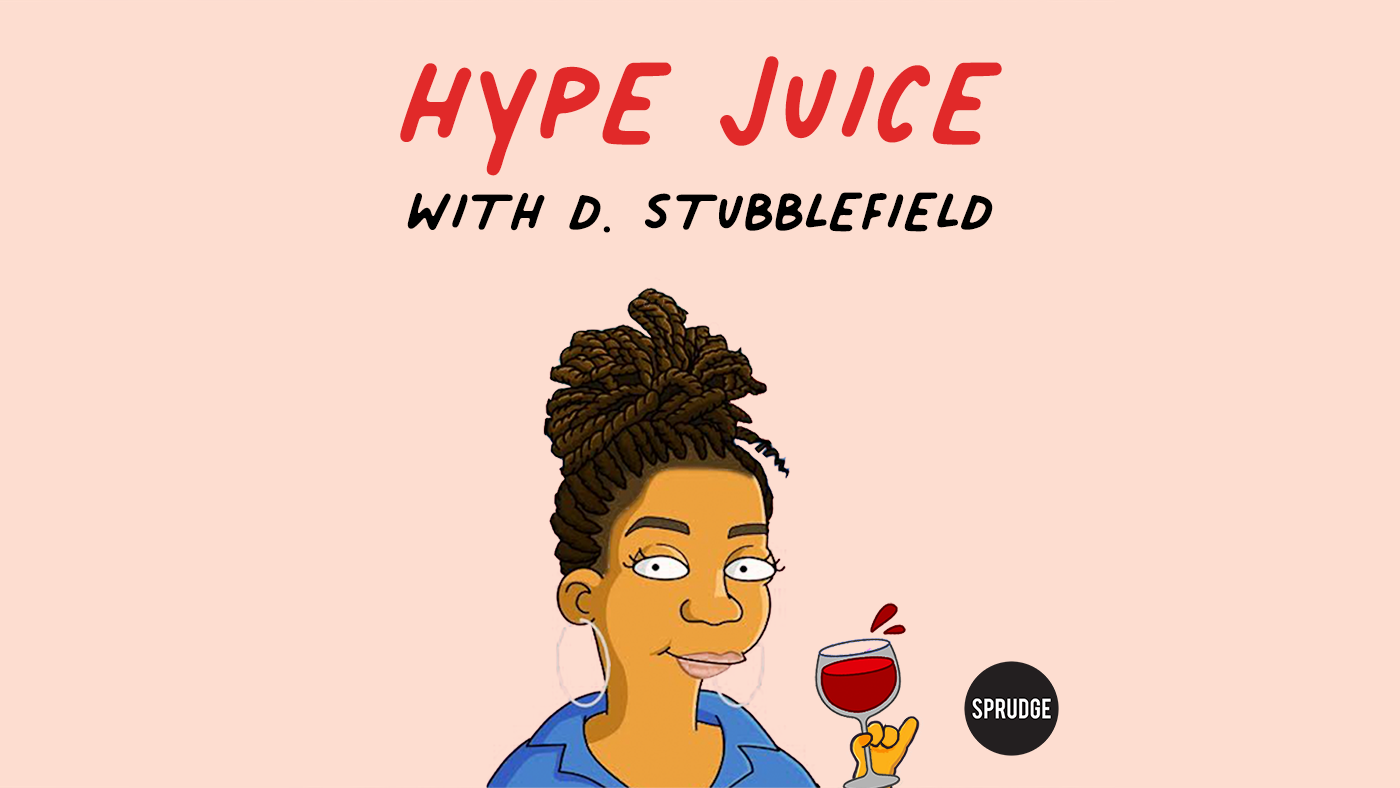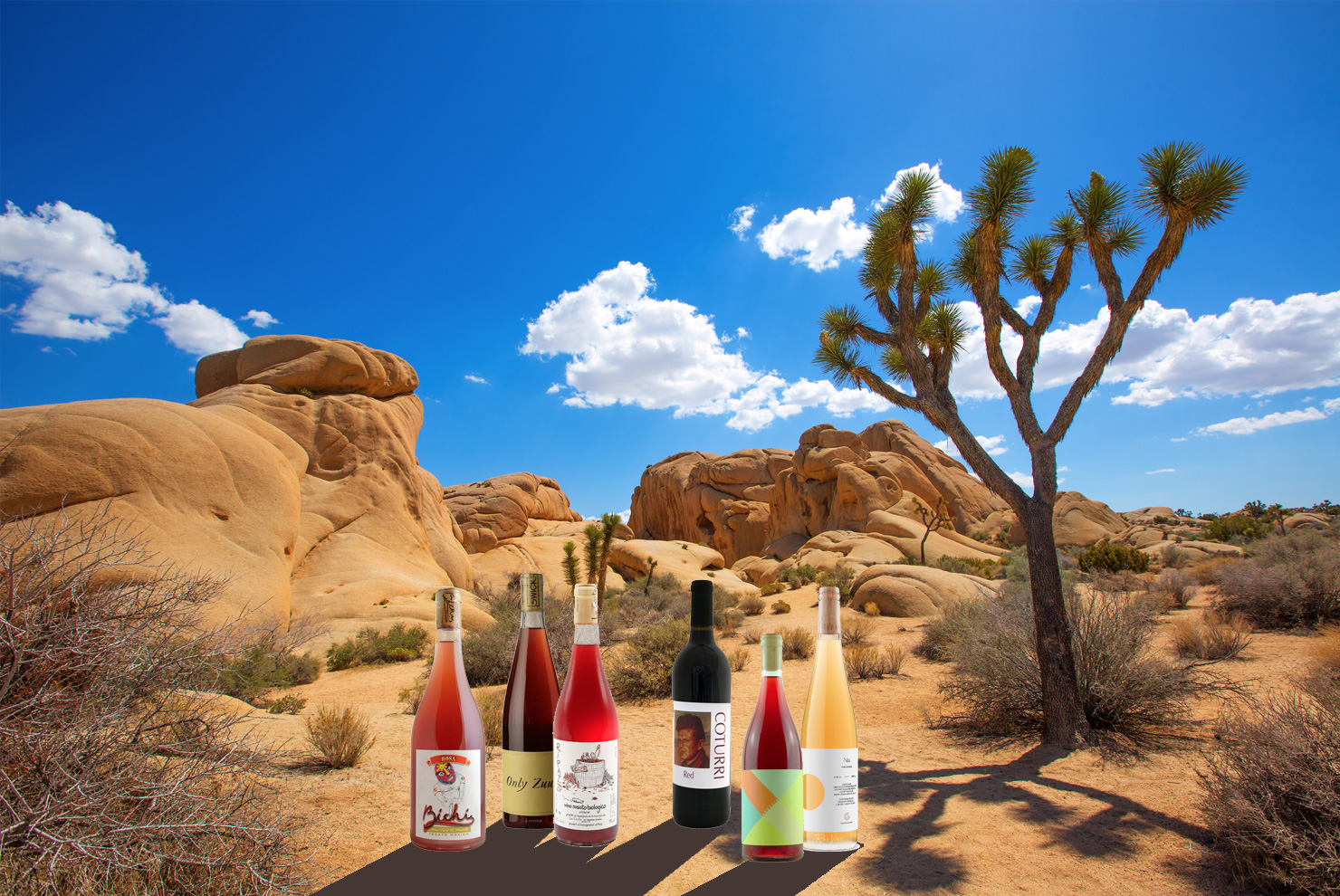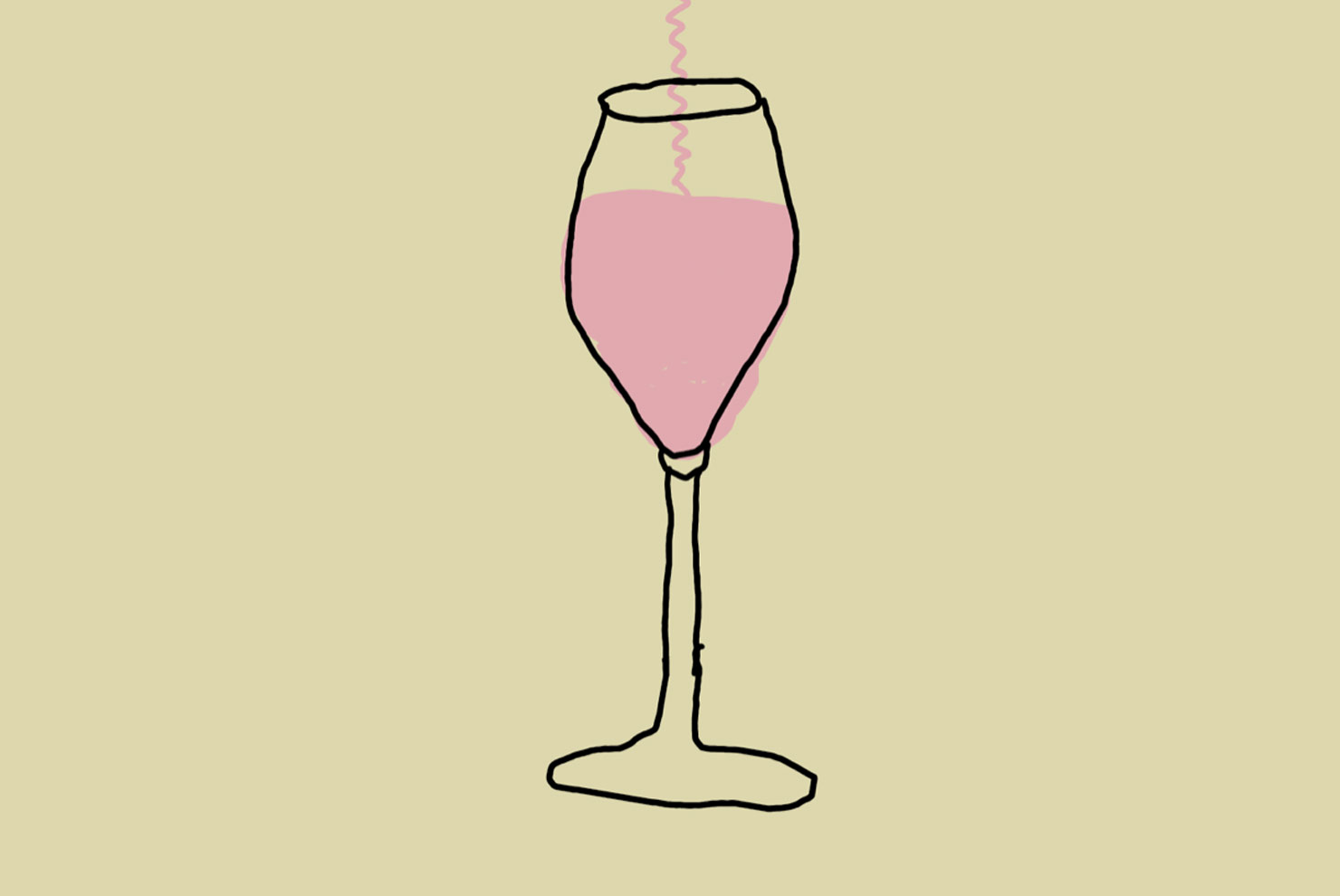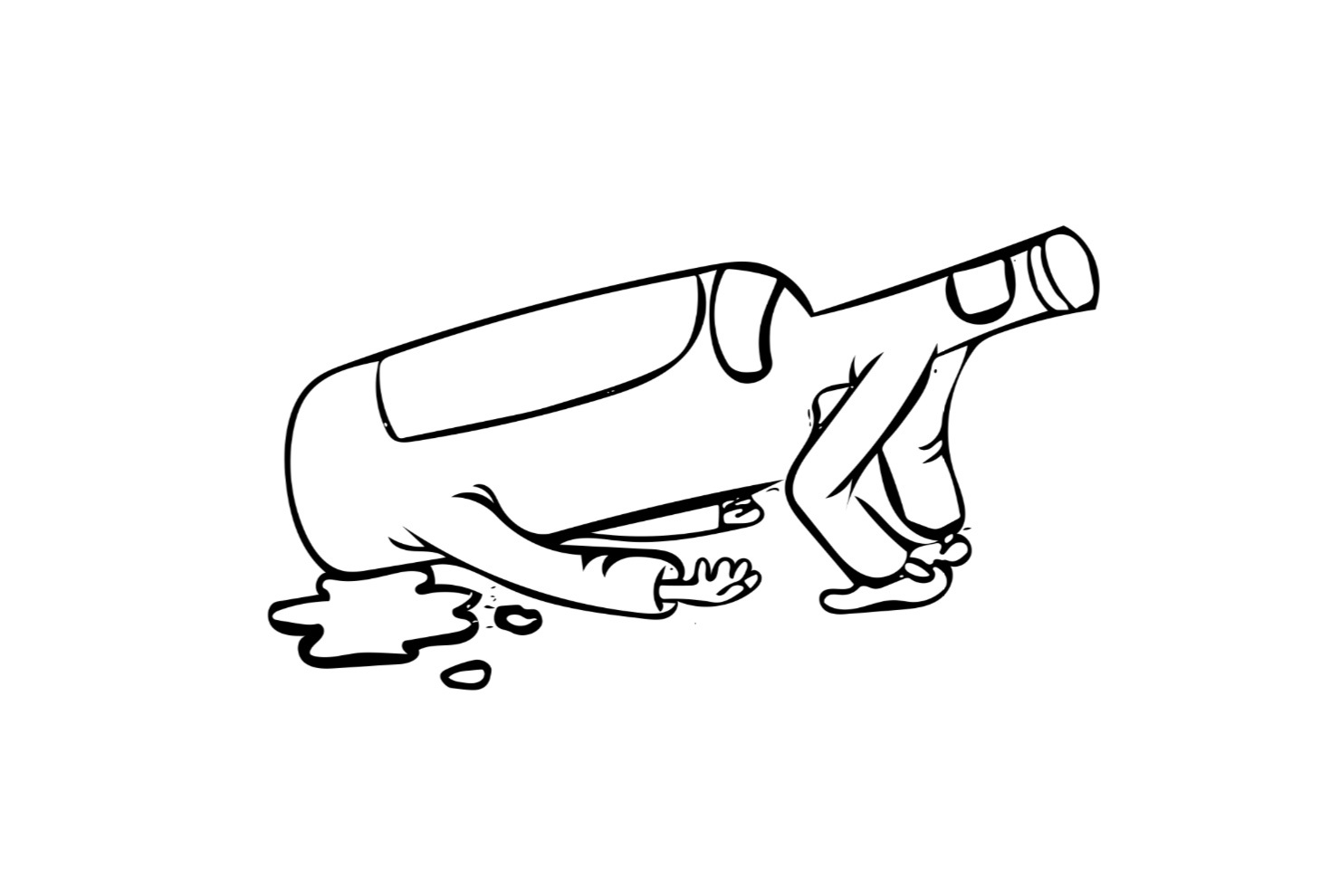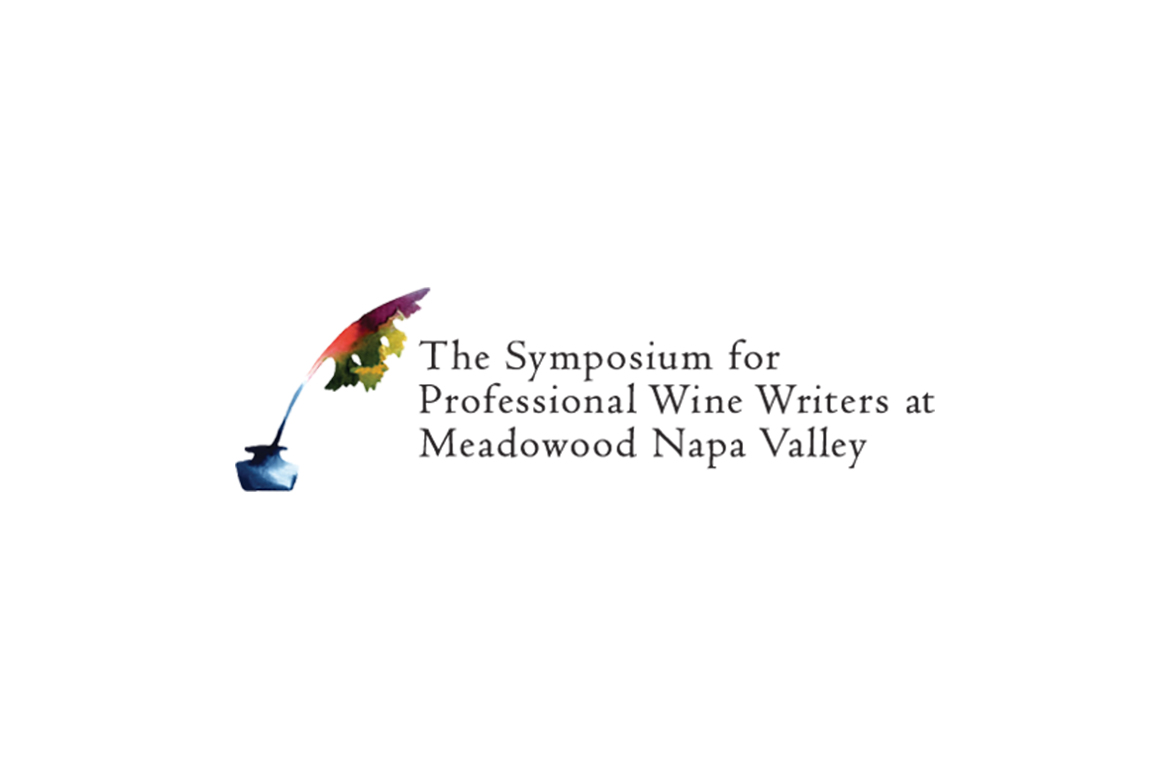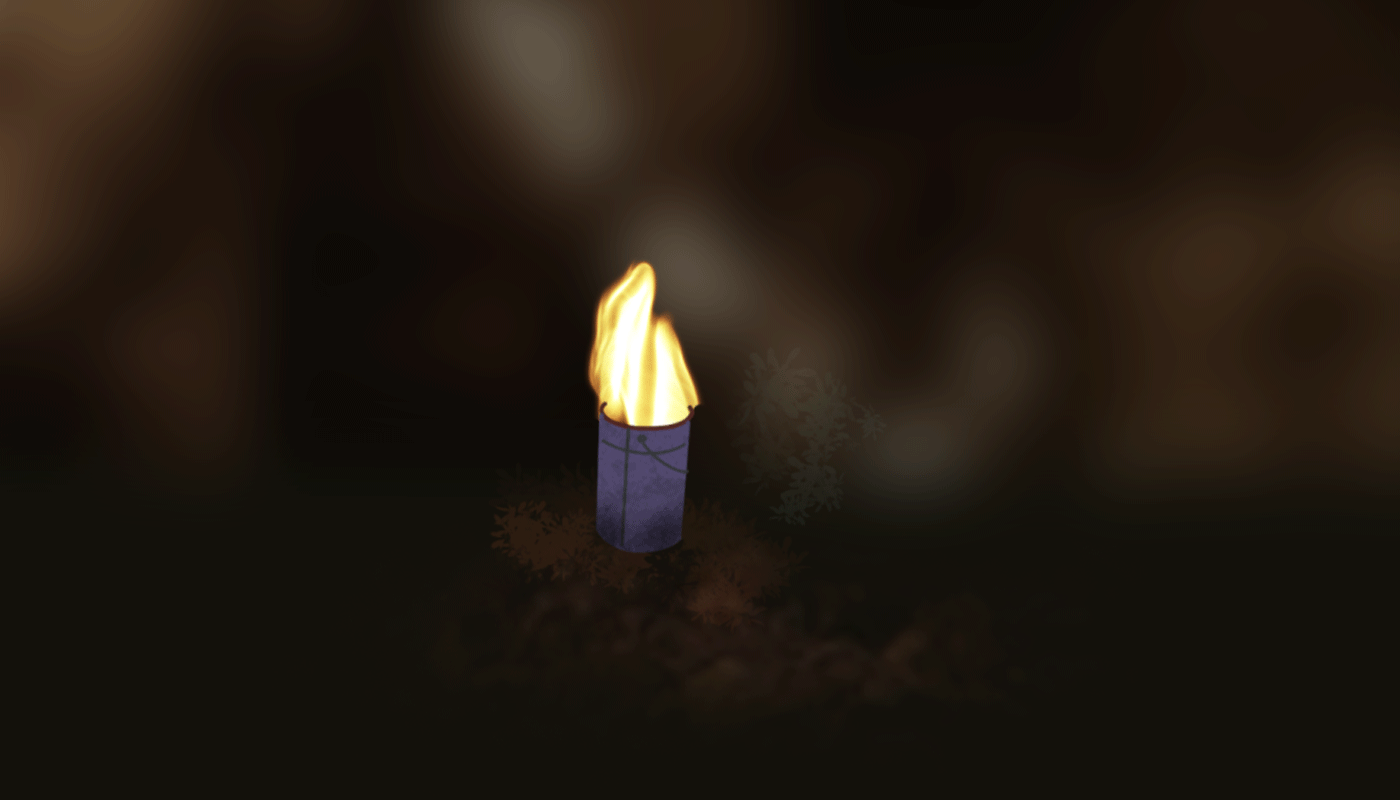Parisian caviste and biodynamic Champagne scion Morgane Fleury is hunched over a small, slightly ineffectual steel meat slicer on her bar, preparing a plate of charcuterie. She acknowledges it’s not a very good meat slicer, before briefly miming getting her hand caught in it. Her eyes widen and she throws back her head as if in pain, clucking with laughter, before delivering the finished plate of charcuterie to the terrace of her homely wine bar and wine shop on rue Saint-Denis, Ma Cave Fleury.
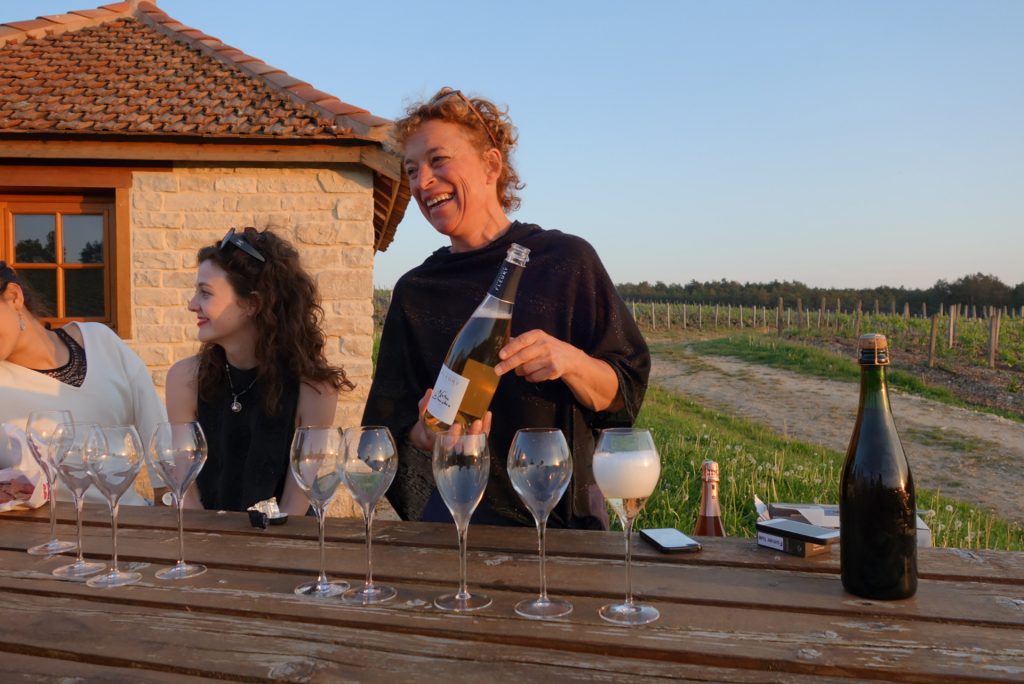
The rue Saint-Denis has long been a hodgepodge of peep-show parlors, adult DVD emporiums, and sex shops. To those of us accustomed to associating all champagne with luxury, it’s an unusual site for a champagne house to plant a flag. It says something about the worlds of difference between the money-saturated big houses of Reims and Epernay and comparatively modest family-run domaines of the Côtes des Bars like Champagne Fleury.
“A good star led me to rue Saint-Denis,” Morgane now tells me. “Even if it was a bit bizarre in the beginning. I didn’t have to borrow money from anyone.”
With her bright orange hair coiffed into a vague oblong above her grin, she resembles an elfin, French countryside version of Lucille Ball. It might not be coincidental after leaving her own native village of Courteron at a young age, Morgane worked as a stage actor for many years before deciding to take a course in sommellerie in 2007, after getting fed up with performing marionette shows for children to make a living.
“Before I did my sommelier training, I was the clown of the family. I only did foolishness [in their eyes],” she recalls. “When I started to understand the world of wine, I thought I could work to help my family. I wanted to help my father, le pauvre!”
Her father, Jean-Pierre Fleury, concentrated chiefly on the export market when he took the revolutionary step of converting the 15-hectare domaine to biodynamic farming back in 1992. When Morgane opened her Paris wine shop in 2009, she began to cultivate more professional clients in France.
“When I started to sell our wines to restaurants, we didn’t even offer professional pricing,” she says, shaking her head. “I used to arrive on my scooter for tastings, with the champagne warm, with no professional pricing.”
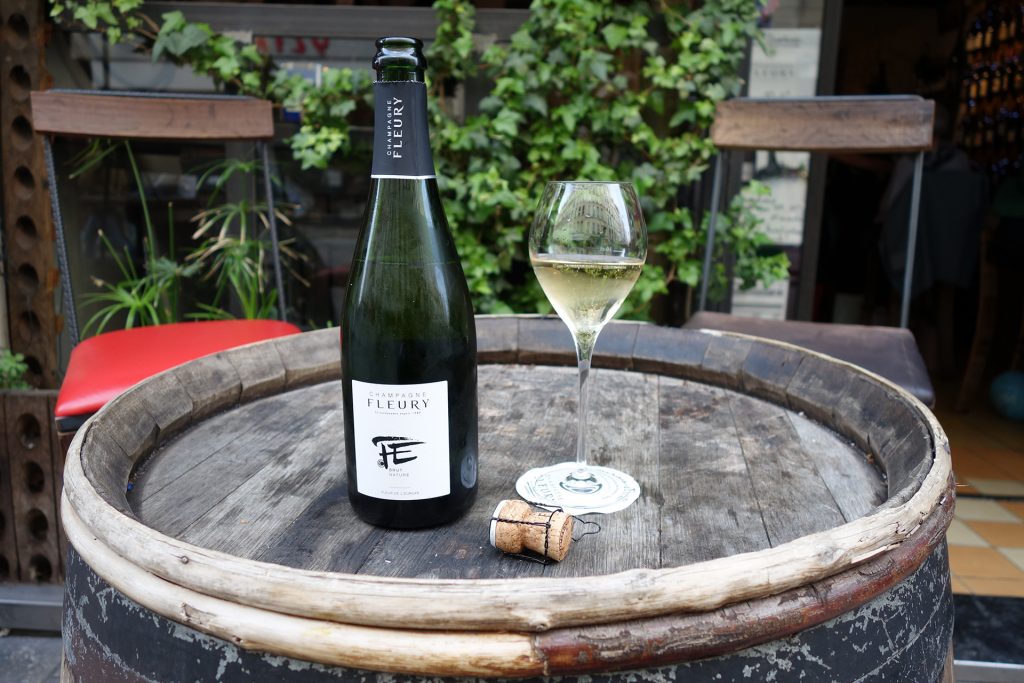
Today Morgane Fleury helps oversee the domestic and overseas distribution of Champagne Fleury, which is in the midst of a transition away from French supermarkets to focus on restaurant and wine shop sales. For 20 years, this pioneering biodynamic domaine of the Aube had been more available to quotidian supermarket shoppers than wine professionals. (A respected wine merchant in the 5ème, when I asked about the Fleury wines, once told me, “Why stock them here? I can just direct clients to the organic supermarket around the corner.”)
“That really closed a lot of doors for us,” Morgane admits, adding that supermarket distribution nonetheless helped finance the family’s exacting agricultural practices. “It got us known, it permitted a treasury for the business, it helped continue research in vinification, and allowed us to help our two colleagues go into biodynamics.”
Champagne Fleury cultivates 15 hectares of its own grapes, and purchases the equivalent of 15 hectares more from the two aforementioned colleagues, whom Jean-Pierre Fleury initiated to biodynamics. When Champagne Fleury began purchasing their grapes, the domaine passed very quickly from a production of 100,000 bottles per year to 200,000.
“For my dad, it was reassuring to find a market for the wines at that time,” Morgane says.
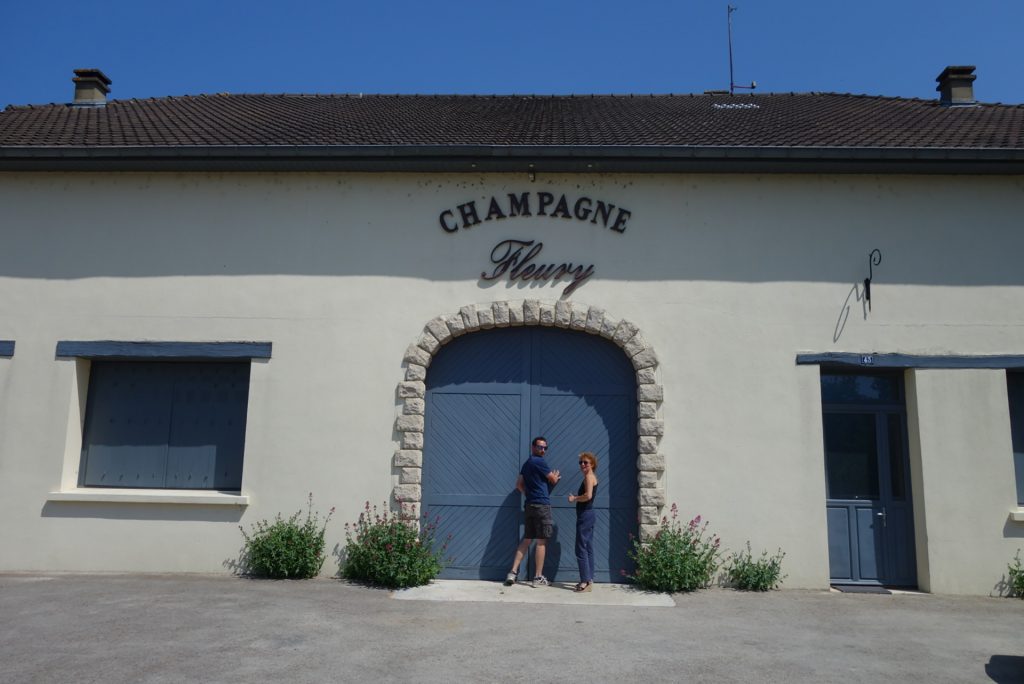
Today it’s been just over a year since Champagne Fleury ceased working with French supermarket giant Carrefour. The exit discussions, by Morgane’s account, were hilarious:
“The Carrefour buyer was trying to say, ‘You can leave this market if you want. But you have to create another trademark for your distribution. We’ll keep the name Champagne Fleury because it’s thanks to us that you still exist in the market.’”
The Côtes des Bars village of Courteron, the home of Champagne Fleury, is a little far-flung. One is so far southeast as to be practically in Chablis, only it is more verdant here, with the vines situated a few minutes’ drive out of town on the swollen hills to the north. On the drive down from Paris one Sunday, Morgane professes she feels more Burgundienne or Chablisienne than Champenoise. It’s a judgment based on shared terroir—limestone and clay—and sheer proximity. (There is even a nearby village called Les Bourguignons.)
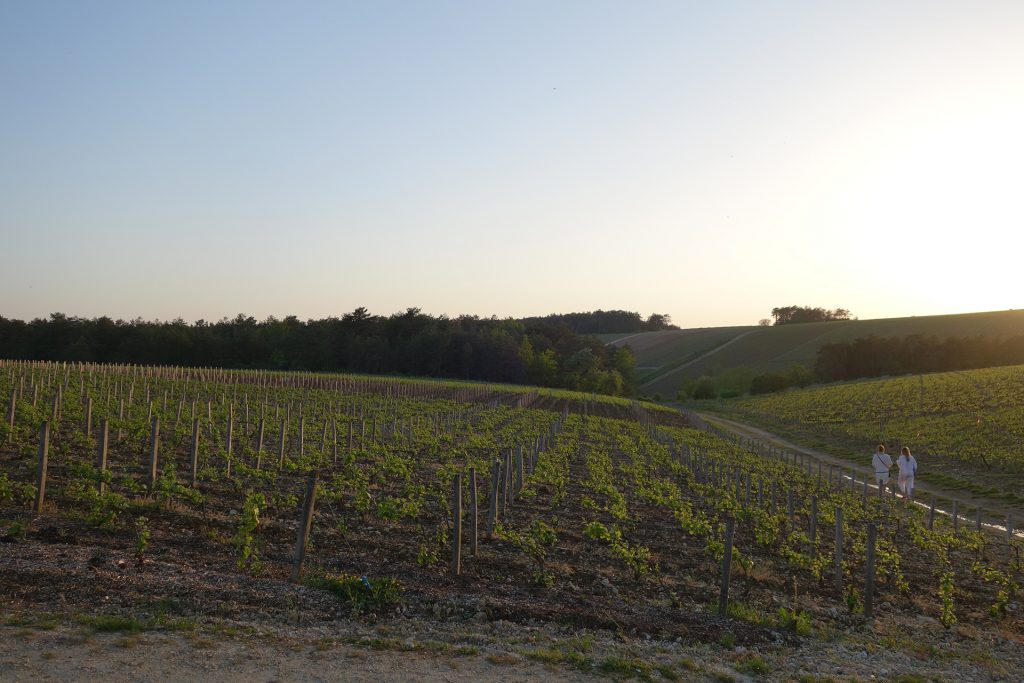
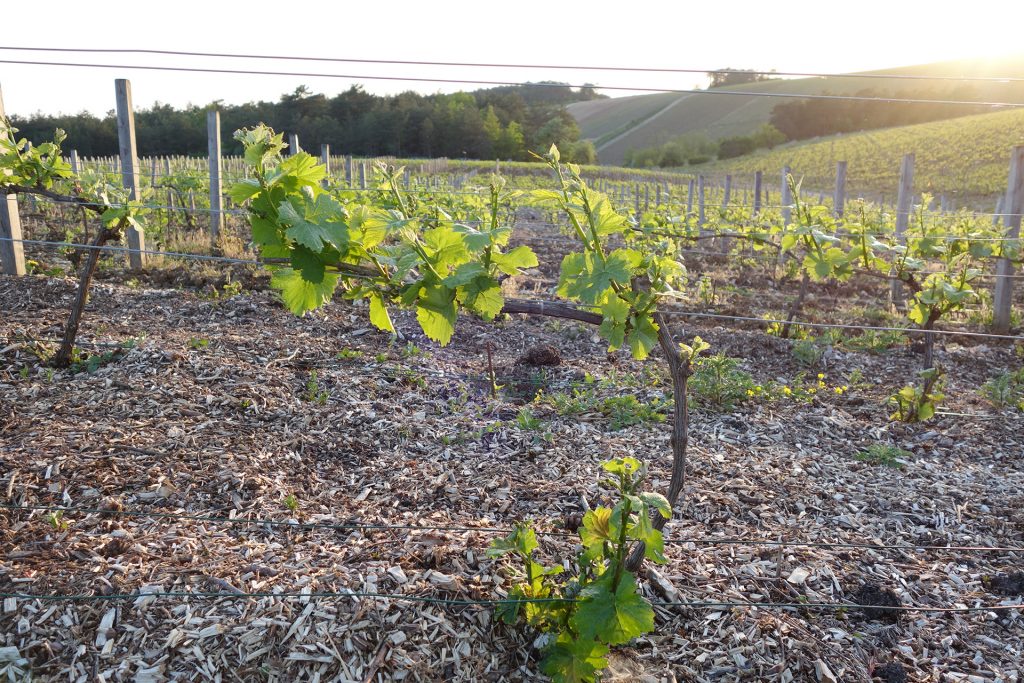
On the outskirts of the village, Morgane points out a vast white construction, low to the ground, modern in design. It’s the recently installed local cellar facilities of Möet et Chandon, who, along with other major houses, purchase many of their grapes from growers in the Aube. Increasingly, she says, they’ve been purchasing the vines outright, leading some families to move away entirely. Population in Courteron was 121 in 2008; today it is about 80.
“The youth who aren’t so motivated are going to give up the [vines],” Morgane says. “There are some who start with organics or biodynamics. But you still have the impression of taking one step forward and two steps back.”
While it was her father Jean-Pierre who took the visionary step to convert the domaine to biodynamic agriculture, it’s largely been Morgane who in the decades since has nudged some of the domaine’s production into natural wine circles. Her two brothers, Benoit and Jean-Sébastien, handle the vines and vinification, respectively.
As we tour the domaine’s extensive cellar facilities, from the three presses atop the hill to the massive foudres of reserve wine lodged in what will soon become a room devoted to older vintages, I have the impression that Morgane is careful not to insert herself too much into vinification details. It remains the province of her brother Jean-Sébastien, and to a lesser extent her father and her other brother, as well as one of their colleagues from whom they purchase grapes. If vinification is like cooking with mass volumes, there are a lot of cooks in the kitchen at Champagne Fleury.
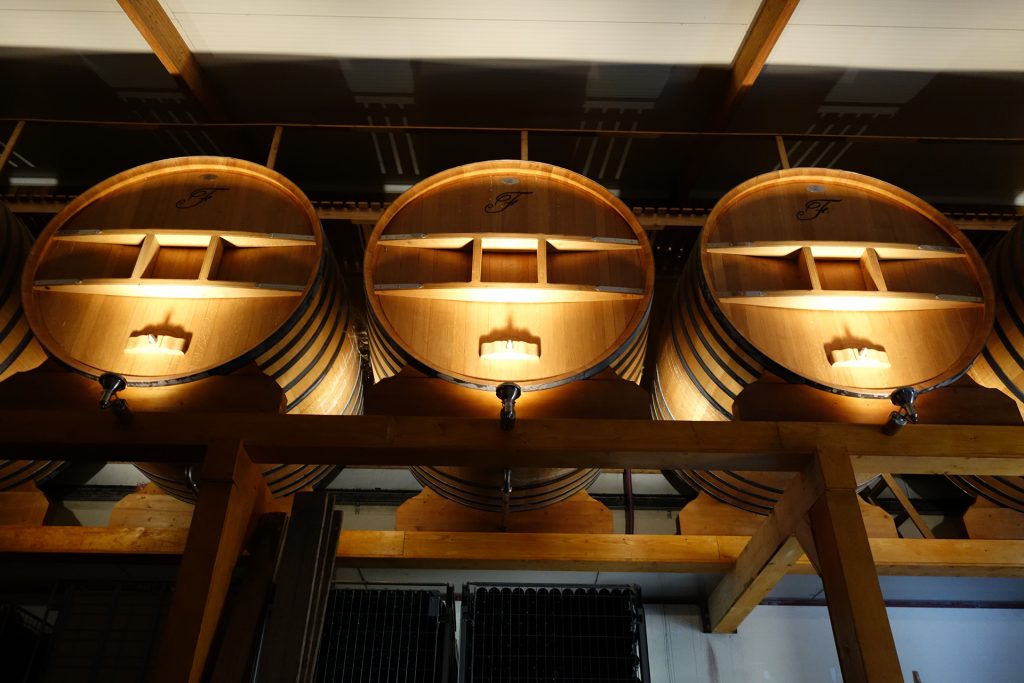
The domaine, for the last decade at least, has had something of a dual personality. One is represented by the non-vintage Blanc des Noirs, which accounts for 80% of production, and which in France is still known chiefly in connection with big-box retail. The other is represented by the 85% Pinot Noir – 15% Chardonnay “Fleur d’Europe” cuvée, which Morgane has convinced her family to bottle without dosage since 2009, and which has become well-known in the opposite of big-box retail: the Paris natural wine scene. Morgane remains extremely self-effacing about the yeoman’s work she’s done in reorienting her family’s domaine towards higher-value markets. Change is afoot, however. Around the same time Champagne Fleury stopped selling to Carrefour last year, they debuted new labels, abandoning the frosted parchment look in favor of a more sober and contemporary logographic design.
More intriguingly, the composition and flavor profile of the “Fleur d’Europe” have recently changed. The wine remains, as it has always been, a blend of two vintages. But where previous wines on the market derived from the 2004-2005 vintage, as of late 2017 the domaine is shipping the cuvée’s 2012-2013 vintage. Unlike most champagne houses, who prize continuity and regularity in all their cuvées, Champagne Fleury often skip vintages for cuvées; in this case the “Fleur d’Europe” skipped a whopping six vintages. (This probably had something to do with historically high yields in Champagne in 2004.)
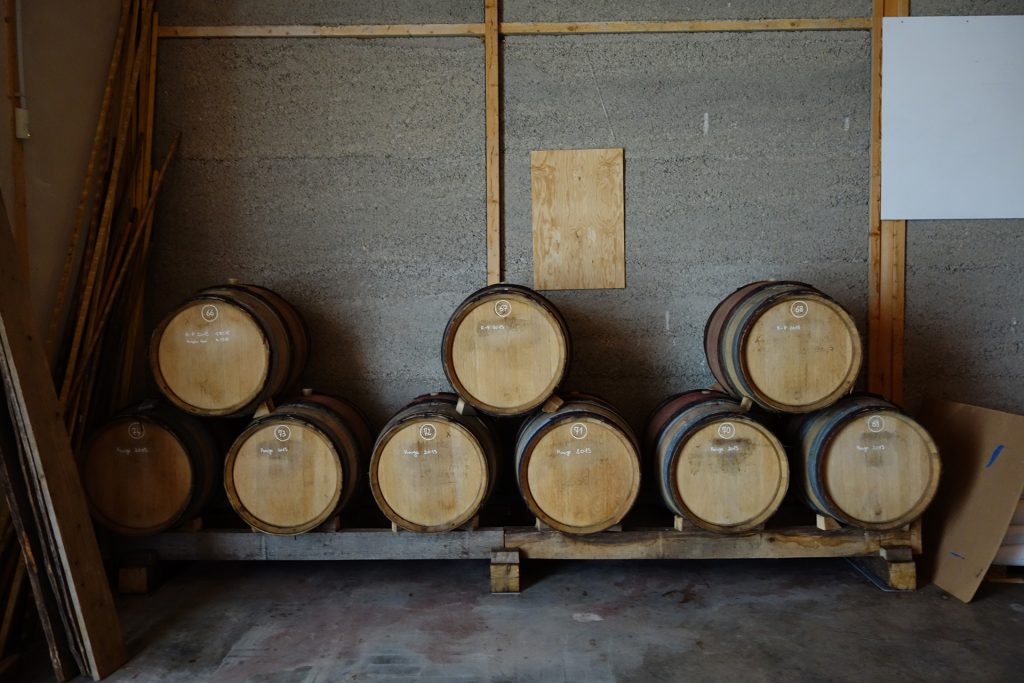
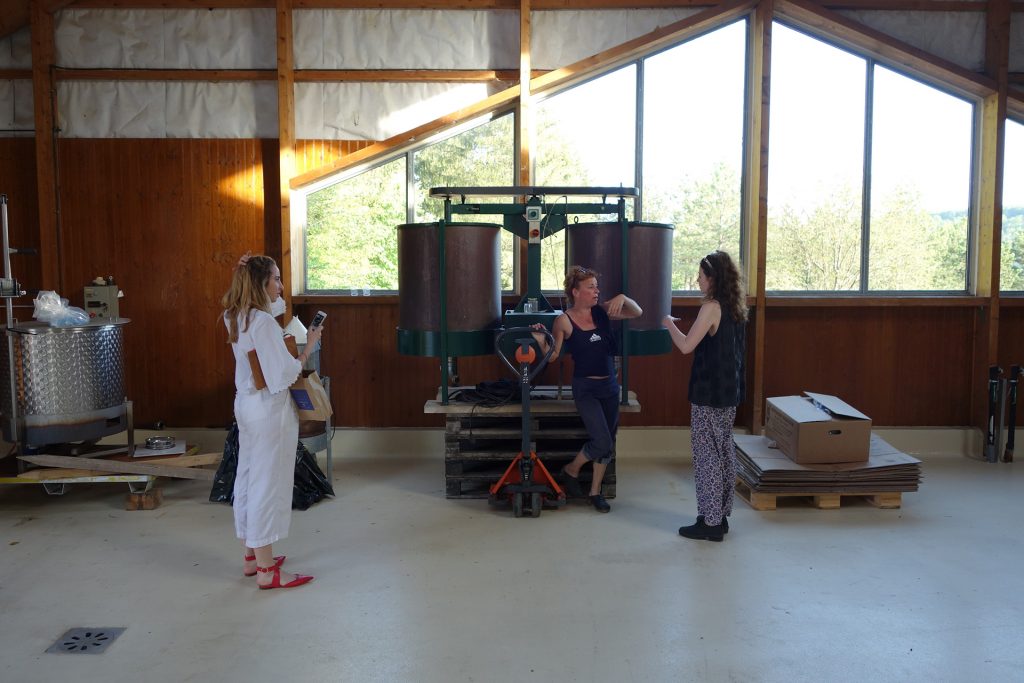
“There was a gap,” says Morgane. “So all of a sudden, it’s as young as the blanc des noirs brut. But I find that for an undosed cuvée, it’s more logical and elegant to have it that way.”
So much can occur in the space of six years at a winery. Whatever the cause—be it vintage variation, refinement in vinification, earlier release, or the cumulative benefits on primary fruit of long-term biodynamic agriculture—Champagne Fleury’s “Fleur d’Europe” is tasting better than ever, keener and more saline. Morgane also confirms the domaine will soon make available greater production of its more complex, sulfur-free “Sonate” cuvée.
“The problem with champagne, is if you’re going to decide today the assemblage of the 2017 harvest, then you forget for 10 years or five years before seeing it on the market,” she jokes, as we board a van for a tour of a few vineyard parcels at apéro hour. The family has constructed a small hut among the vines, a cadole in French, for just this purpose, with a picnic table overlooking the swells and delimitations of their parcels of pinot noir, chardonnay, and pinot blanc.
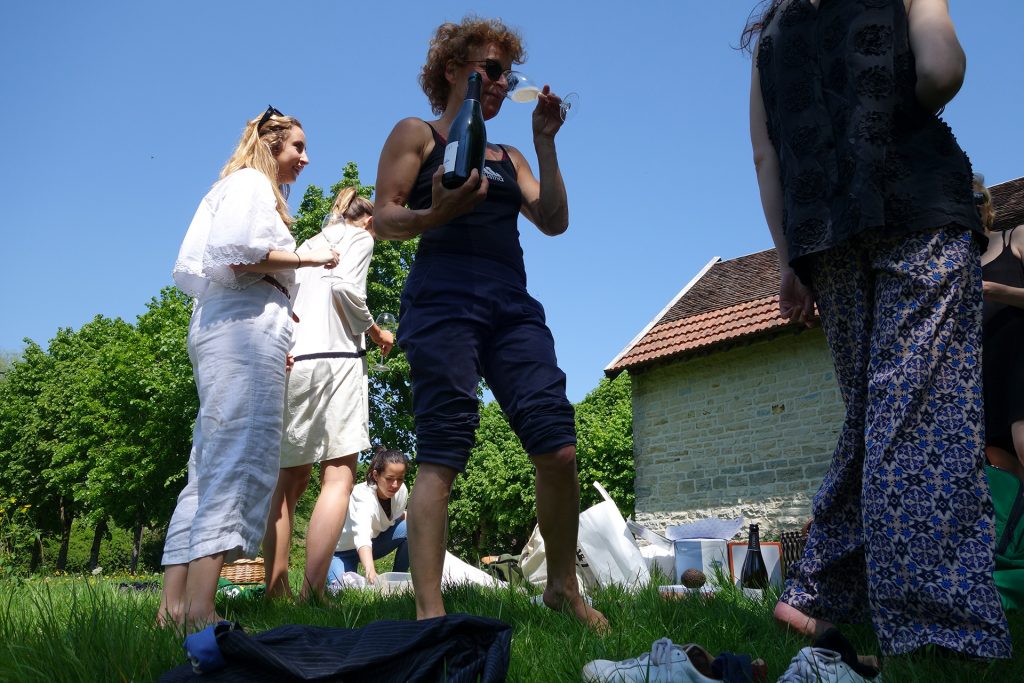
Vineyard holdings are less fragmented here in the Côtes des Bars than they are in the northerly reaches of Champagne; most of Champagne Fleury’s holdings are in blocks of at least one hectare, the better to ensure the sanctity of their biodynamic agriculture from any neighbors farming differently. When the sun sets, we’re busy trying to guess the vintages of some bottles from the 1990s and 2000s that Morgane seems to have plucked almost at random from the cellar.
“As time passes, we realize that our advantage among our organic and biodynamic colleagues is our anteriority,” she says. “We still have a bit of stock from the 1990’s, some that was not in biodynamics and others that are fully biodynamic, and it tastes differently. The recognition comes little by little, and it takes time.”




